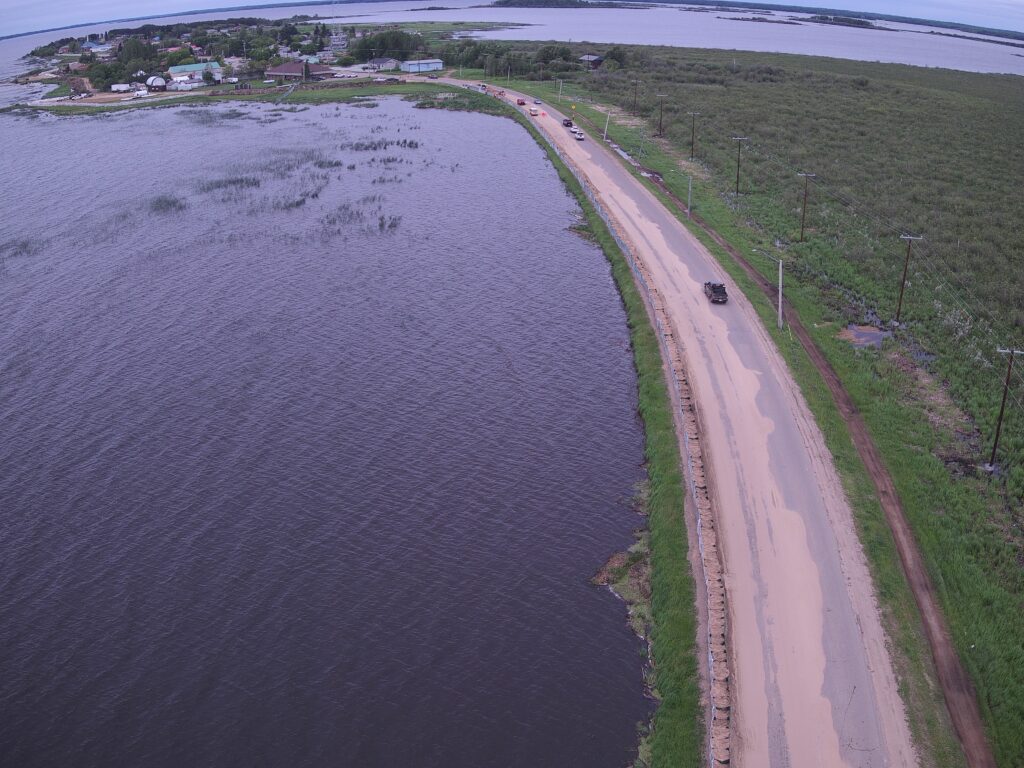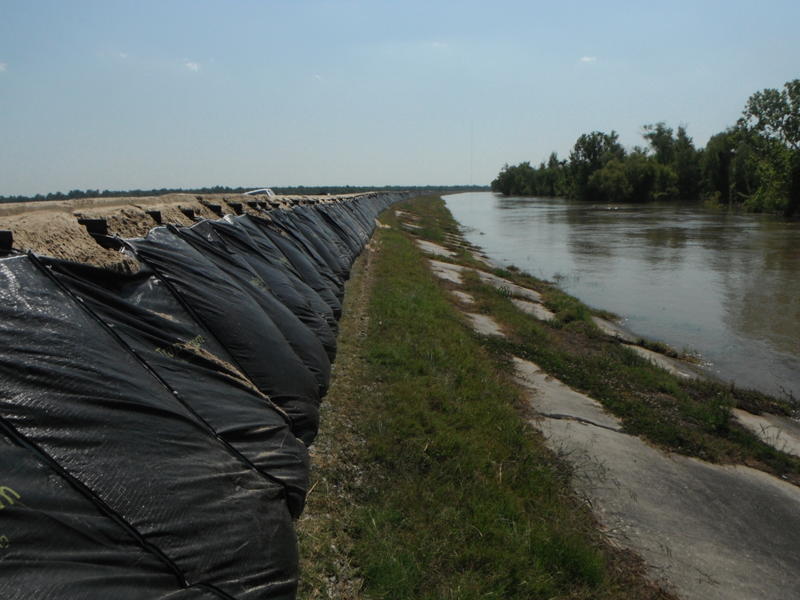How to Develop a Strategic Flood Mitigation Plan
It’s essential for every emergency management department to have a flood mitigation plan in place. Learn how these plans offer flood protection for communities.

Floods are among the deadliest and most expensive types of natural disasters in the world. They can also be hard to predict, making a flood mitigation plan and response strategy essential.
Discover more about the steps municipalities and public works departments can take to protect people and property from floods.
Components of a Comprehensive Flood Mitigation Plan
A thorough flood mitigation plan generally has two categories of solutions: structural, and nonstructural.
Structural flood mitigation includes building new parts of the landscape to protect areas from floods. There are a few common options for this, including:
- Flood walls and seawalls
- Floodgates
- Levees
- Evacuation routes
Nonstructural flood protection options focus on removing people and property from high-risk areas, either temporarily or permanently. Here are a few examples:
- Elevating buildings
- Buying out properties
- Relocating neighborhoods
- Rezoning
- Updating building codes
Flood Risk Assessment and Analysis
 Communities use surveying, ArcGIS maps, and historical records to understand the flood risks they face due to elevation and proximity to the water. However, understanding the risks also means knowing the different flood stages, such as what “action stage” means for flooding.
Communities use surveying, ArcGIS maps, and historical records to understand the flood risks they face due to elevation and proximity to the water. However, understanding the risks also means knowing the different flood stages, such as what “action stage” means for flooding.
This is a breakdown of the different flood stages the National Weather Service (NWS) uses and what they mean:
- Action stage: Officials take action for possible high water to prevent property damage and threats to life. The water levels may cause minor impacts and be a nuisance to people near the streams.
- Minor flood stage: Some properties might experience flooding, including on smaller roadways and private land. Officials and civilians may need to take action to protect property, especially near the water.
- Moderate flood stage: Structures and main roadways may experience flooding, including residences and businesses. Officials may implement evacuation orders to protect human life.
- Major flood stage: Extensive flooding of buildings, roadways, and infrastructure may be happening, including damage to hospitals and emergency services. Officials may need to issue mandatory evacuation orders.
Infrastructure and Asset Protection
Protecting critical infrastructure and residential buildings is important for towns near floodplains.
In many cases, this includes making information available for organizations that are getting ready to build in areas at risk of flooding. However, for structures that are already standing in vulnerable areas, it may be necessary to retrofit buildings for floods to reduce the risk of damage and injury.
Community Engagement and Education
Community awareness is essential for reducing the amount of damage and casualties a flood can cause. One way to do this is by utilizing or personalizing federal information for your community. Ready.gov and FEMA both have a full library of resources on flood protection and management.
Flood Mitigation Strategies
Nature-Based Approaches
In some cases, natural habitat restoration can be one of the best flood mitigation strategies. This may include reestablishing wetlands, sand dunes, and forests, which act as natural buffers that can absorb floodwater when there’s too much of it.
Engineering Solutions
Stormwater management is a huge part of the requirements for construction. It can also help cities and towns prevent flooding.
For flood mitigation, some engineered stormwater management systems might include retention and detention ponds, flood control reservoirs, dams, and spillways.
Early Warning Systems
Agencies like the NWS use sensors and other equipment to track the depth, speed, and water levels in streams and lakes. In addition to tracking weather forecasts, this allows the NWS and other groups to issue early warnings that can help cities and towns install flood barriers, evacuate people, and more.
Flood Protection Measures
 Flood Prevention Barriers and Levees
Flood Prevention Barriers and Levees
Setting up flood protection barriers before forecasted flood events can make a massive difference. Not only does it keep people and homes safe, but it also can protect infrastructure and make cleanup much easier after the flood has subsided. Common options include sandbag barriers, levees, and water-activated flood bags.
TrapBag® is an excellent flood prevention barrier by design. Not only do TrapBag barriers use less filler material than traditional sandbags, but they are also more durable and easier to set up.
Flood Insurance and Financial Preparedness
Homeowners insurance plans don’t usually include coverage for floods. That’s why it’s important to promote flood insurance policies for anyone in the highest-risk areas. This can keep a flood disaster from causing financial ruin.
However, even if people in your town don’t have flood insurance, you can still help them by encouraging them to save up. Whether this means promoting emergency savings accounts or subsidizing homes with flood insurance, there are ways to promote preparedness for your residents.
Emergency Response Plans
If your town has an emergency management department, it also needs emergency response plans for every possible type of disaster—including floods.
Your department may need to have steps and action items for every type of flood stage, from action stage to major flooding. This way, every person involved knows what their exact duties are, whether it’s setting up flood barriers or canvassing neighborhoods for evacuation orders ahead of or during the event.
Post-Disaster Protection
Once the floodwaters have subsided, it’s important to look at which mitigation steps worked, and what your city can improve ahead of future disasters.
Some members of the community who are hit especially hard during flood events may need more time and assistance during recovery. This may involve securing funding for damaged infrastructure or buildings, establishing policies for developing hit areas and retrofitting or moving properties to reduce the risk of future damage.
Add TrapBag to Your Flood Mitigation Plan
Ready to add an easy, rapid-deploy flood control system to your community’s flood mitigation plan? Order TrapBag now, or call us at (239) 674-6611 to protect your city today.
Meet the author
Get the Dirt Before the Flood Hits
Stay ahead of flooding, erosion, and disaster response challenges. The Dirt, TrapBag’s monthly newsletter, delivers field-tested tips, real-world case studies, and the latest in barrier technology straight to your inbox.

